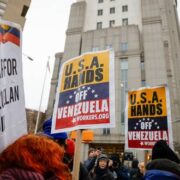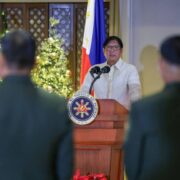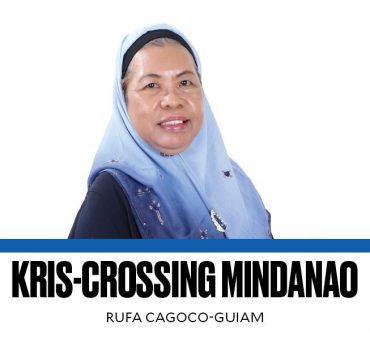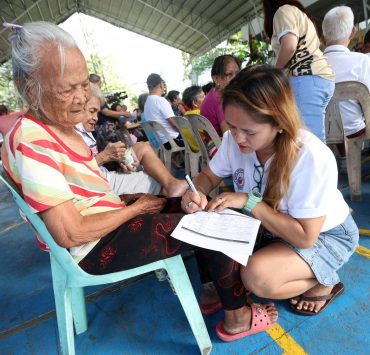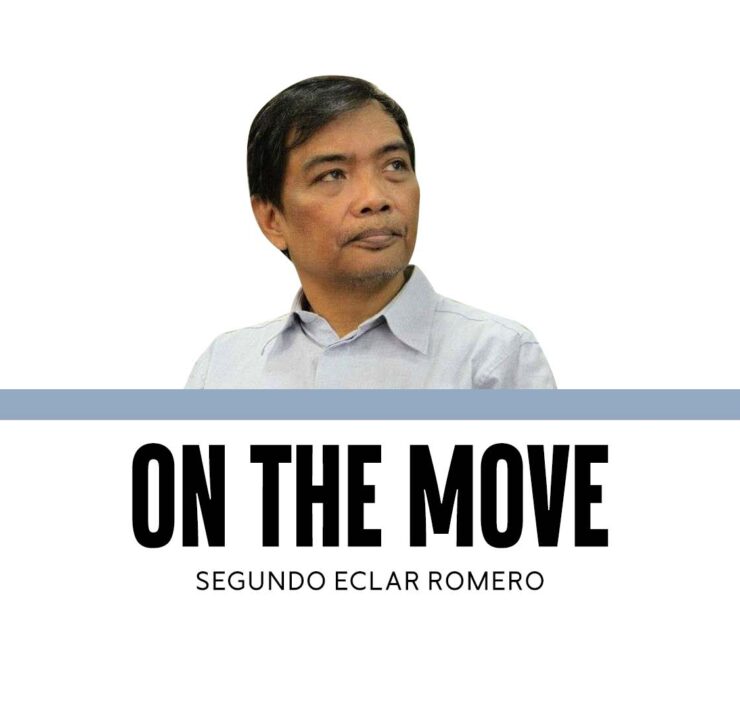Lost kingdom of the Kalaga-Putuan Crescent
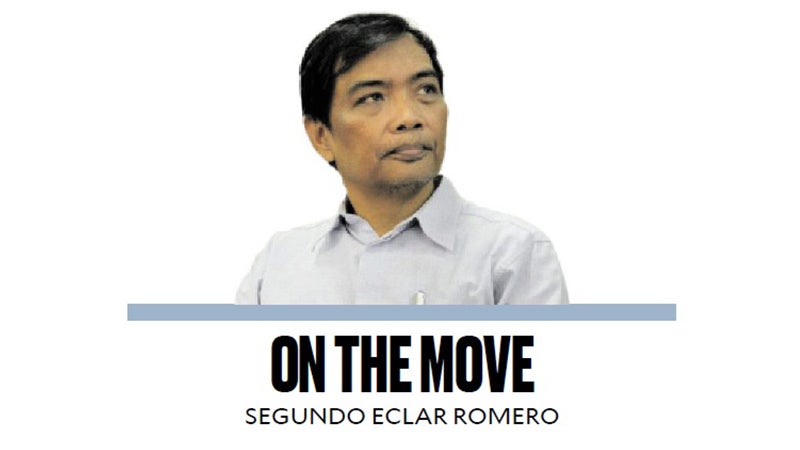
For over 13 centuries, a sophisticated maritime kingdom flourished in the southeastern Philippine archipelago. Centered in Butuan (Caraga region), this kingdom, the “Kalaga-Putuan Crescent” (KPC), formed a vital maritime trade triangle with the Srivijaya in Palembang (now Indonesia) and Vijaya in Champa (now Vietnam).
This remarkable history is revealed by Baldomero M. Olivera et al. (2024) in their study, “Reconstructing Philippine history before 1521: the Kalaga Putuan Crescent and the Austronesian maritime trade network” (SciEnggJ, Vol. 17:01, pp. 71-85). Their research draws upon various forms of evidence: Chinese ceramics dating back to the Six Dynasties period, historical textual records, genetic evidence, and cultural artifacts that demonstrate KPC’s advanced maritime expertise, enabling sustained trade and cultural exchange across the South China Sea and into the Indian Ocean.
Traces of a vanished culture. Most Filipinos first encounter this lost kingdom through the writings of Antonio Pigafetta, who chronicled Ferdinand Magellan’s explorations. Pigafetta’s diaries describe a lavish feast hosted by the King of Mazaua, served on precious porcelain. He also recounts his encounter with the “King of Butuan and Caraga,” a figure of impressive wealth and refinement. Pigafetta’s detailed observations provide vivid evidence of a once-thriving, cosmopolitan culture.
One intriguing point is that Magellan’s slave, Enrique, could converse with the King of Mazaua. This suggests a shared Austronesian trade language used across maritime centers of the time.
The Kalaga-Putuan Crescent: A trade hub. The KPC takes its name from its crescent shape encompassing key locations in Bicol, Eastern Visayas, Northern and Southern Mindanao. The main points being what is now Gubat, Catarman, Oras, Abuyog, San Francisco/Placer, Tandag, Butuan/Nasipit, Hinatuan, Loreto, Tagaloan, and Baroy.
Within this area, significant archeological finds point to KPC’s importance. Sites such as the Balangay and Ivory Seal Sites, the Esperanza Vajralasa Site, and the Magroyong Gold Site have yielded a vast collection of gold objects and Chinese ceramics dating from the third to eighth centuries. This assemblage of early Chinese ceramics is remarkably richer than similar discoveries outside of China.
Interestingly, Tang Dynasty ceramics found in Balabac, Palawan, suggest the island may have served as a key waypoint in the maritime trade route connecting the KPC, Champa, and Srivijaya.
Networks of exchange. Olivera et al. argue that the KPC played a pivotal role within an extensive Austronesian trade network that ultimately stretched to the Mediterranean and Europe. Goods like spices (cloves, nutmeg), gold, ceramics, exotic shells, pearls, and other marine products flowed along these routes, reaching China, India, the Middle East, and beyond.
The thriving KPC maritime trade was enabled by advanced sailing technology developed a millennia earlier in the Philippine archipelago. The discovery of balangay boats in the Butuan area, dating back to before 1140 CE, offers tangible proof of this maritime prowess. Historical records, including the official Song Documents, further confirm a formal trade link between the Chinese Empire and the Kingdom of Putuan in 1011. Chinese sources indicate that large ships carrying hundreds of passengers and vast quantities of cargo plied these routes. This reflects the scale of trade at the time.
DNA evidence from Guam, located 2,000 kilometers away across the open ocean, confirms the remarkable seafaring capabilities of early Philippine archipelago inhabitants. This migration underscores the expertise necessary to sustain long-distance trade networks like the one centered around the KPC.
Hindu-Buddhist influences. The connections between the KPC, Champa, and Srivijaya are further supported by shared interactions with the Chinese court and by treasures discovered within the crescent. The Surigao Gold Treasure and other artifacts showcase Hindu-Buddhist influences prevalent across the three kingdoms.
A window into the past and a hunger for significance. The lost kingdom of the Kalaga-Putuan Crescent offers a captivating glimpse into the Philippines’ rich prehistory, a story that extends back at least 40,000 years. Olivera et al. remind us that the KPC’s flourishing trade networks existed within a broader context of human migration and cultural exchange across Southeast Asia. It’s important to acknowledge, however, that the Philippine academic community continues to engage in vigorous debates about the sources, nature, and timing of these migrations, with various theories vying to explain the archipelago’s prehistory.
This hunger for understanding our past isn’t merely academic. By piecing together the rise and fall of past empires and political entities like the KPC, we may glean valuable insights for navigating similar challenges in our own time. The very seas that once facilitated trade and cultural exchange, like the South China Sea, are now potential flashpoints for future conflicts. Understanding the interconnectedness of the past can inform our approach to fostering cooperation and ensuring a more peaceful future in this vital region.
doyromero@gmail.com






